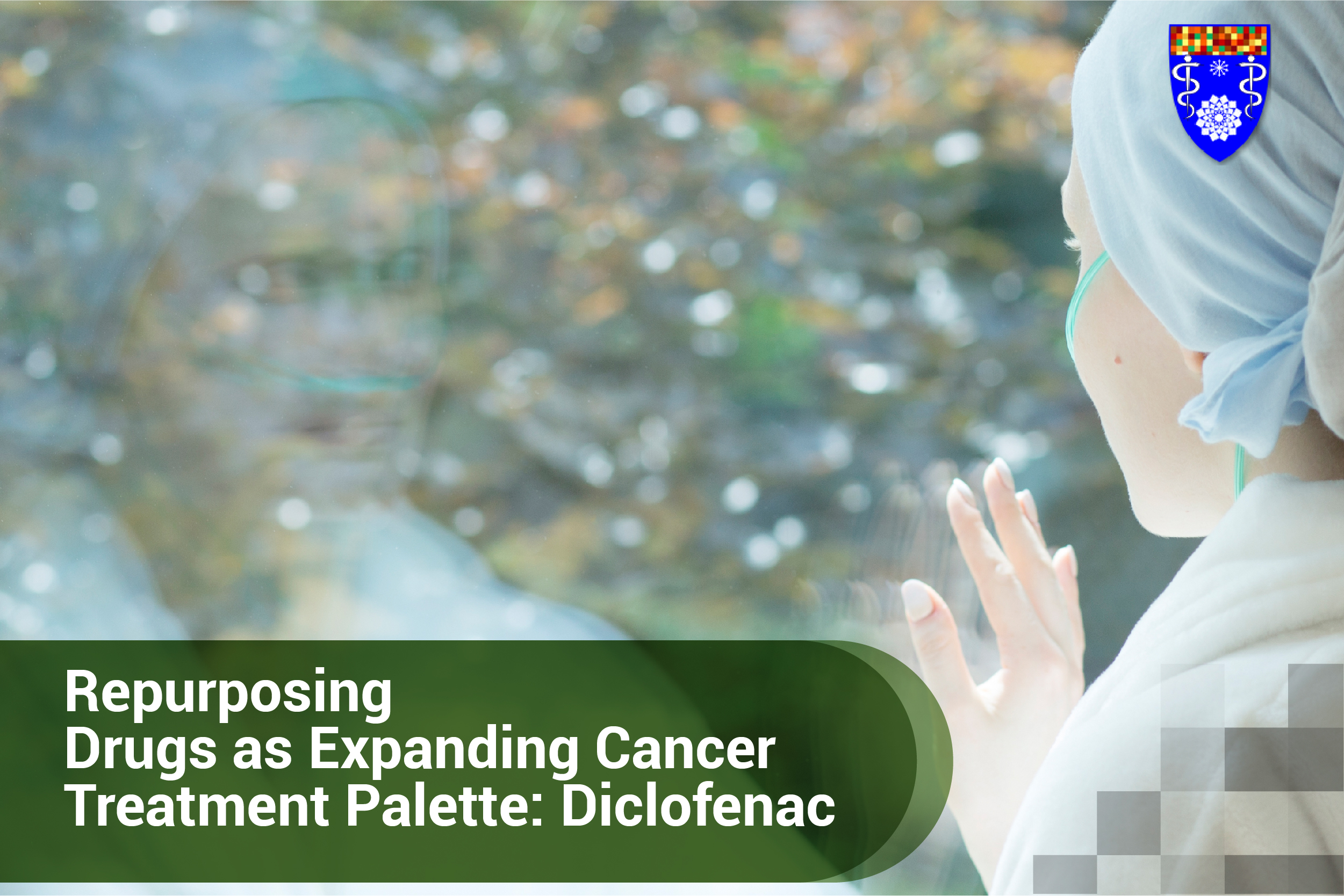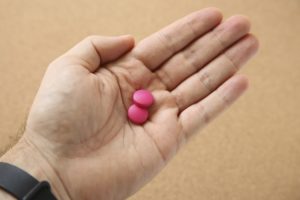Overview
The modern era of precision oncology gave birth to additional cancer treatment methods. Different approaches became available with the help of drug repurposing. Many old drugs found new uses in treating and managing cancer. In addition, the costs involved in drug repurposing are a lot cheaper compared with the traditional method. Most importantly, the research and development are significantly shorter.
Diclofenac is one of these drugs. Pharmaceutical companies and oncologists tapped into diclofenac’s potential in treating cancer. Originally used to relieve joint pain and stiffness caused by arthritis, now, its resurfaced as an effective cancer medication. This article will discuss vital information about diclofenac’s role in cancer treatment. We want to provide you with essential facts regarding its efficiency, safety, and toxicity.
Introduction to Diclofenac
Diclofenac is an inflammatory drug that relieves joint stiffness and pain from arthritis. It covers many other uses for alleviating pain like toothache and migraines. This medication is under the nonsteroidal anti-inflammatory drug (NSAID) family.
Mode of Action
Significant Decrease in Lactate Production
One of the unique properties of diclofenac is the ability to decrease lactate production dramatically. Highly proliferative tumors have high lactate formation. One example is malignant gliomas; patients with this disease have a low survival rate due to the suppression of local immunity.
The data shows that the nontoxic concentrations of diclofenac significantly decreased lactate production in murine glioma cells. In addition, it inhibited the expression of lactate dehydrogenase-A in vitro. The inclusion of dose-dependent cell growth inhibition resulted in a cell cycle arrest at the G2/M checkpoint. In Vivo data confirmed that diclofenac treatment reduced intratumoral lactate levels. It resulted in a significant delay in glioma growth.
Ex vivo analyses showed that tumor-infiltrating DCs regained their ability to produce IL-12 on R848. It also decreased the number of tumor-infiltrating regulatory T cells and disabled the upregulation of the Treg activation marker CD25.
Additional analyses showed that the presence of diclofenac during T-cell activation compromised INF-γ production. Diclofenac appears as an ideal component for targeting lactate production and counteracting local immune suppression in malignant gliomas.
Clinical Result
Pancreatic Cancer
Pancreatic cancer affects the tissues of your pancreas. One of the most common types of cancer that develop in the pancreas starts from the cells that line the ducts in the digestive system. It is also known as the pancreatic ductal adenocarcinoma.
Treatment Data
TL-118 cocktail is a four-drug combination treatment. TL-118 drug combination (Tiltan Pharma Ltd., Jerusalem, Israel) is composed of a low-dose cytotoxic agent cyclophosphamide, a COX1/2 inhibitor diclofenac), a histamine type 2 (H2) receptor antagonist cimetidine and an NF-kB inhibitor sulfasalazine.
This report outlines the standard chemotherapy (gemcitabine) treatment and the concurrent use of TL-118 cocktail.
Patient: non-operable pancreatic adenocarcinoma.
The initial treatment is with a sustained reduction in the CA 19-9 tumor marker. It is also confirmed with a near-complete remission. The patient exhibited vomiting and weakness during the TL-118 treatment. Therefore, it is suspended. Subsequently the serum CA 19-9 increased using gemcitabine treatment alone. Re-introduction of TL-118 cocktailv caused a sharp reduction of the CA 19-9 again. The treatment resulted in the patient showing a progression-free response 16 months post-diagnosis with continuous gemcitabine and TL-118 therapy. The progression-free survival averages from 6 to 9 months.
Desmoid Tumors
Desmoid tumors or aggressive fibromatoses are rare non-metastasizing tumors. They come from fibroblastic cells. Although they do not spread to other sites in the body, they are locally invasive. The treatment typically involves surgical resection. However, reports say that recurrences frequently occur.
Treatment Data
Patients: 2 pediatric patients with unresectable diseases.
These patients received a treatment of tamoxifen (1 mg/kg, orally, BID). Also, with diclofenac (2 mg/kg) rectally two times a day. Both patients exhibited long-term disease control of four years and two years.
Dosage
The dosing varies by format and indication.
Toxicity
The common side effects of diclofenac are:
- Abdominal pain
- Diarrhea
- Dyspepsia
- Flatulence
- Heartburn
- Nausea
- Headache
The less common side effects include:
- Rash
- Itching
- Bloating
- Gastrointestinal ulcers
- Edema
- Dizziness
Rare but severe adverse reactions:
- Gastrointestinal bleeding
- Anemia
- Liver failure
- Pneumonia
Treat Cancer with Repurposed Drugs
The Institute of Integrative BioOncology is the leading team in integrative oncology. We specialize in using repurposed drugs for treating and managing cancers. Our goal is to help you receive efficient treatment to boost your recovery and healing.
Dr. Paul Zhang uses evidence-based integrative cancer care management. He specializes in administering off-label drugs to treat cancer with years of experience.



